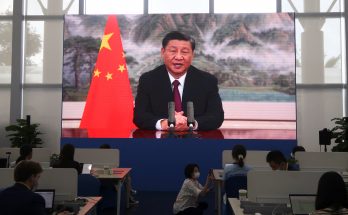Underlining an emerging synergy between ‘Make in India’ and ‘Made in China’, China’s Ambassador to India Le Yucheng has projected a new template of “Make in Chindia”, which envisages closer collaboration in manufacturing and businesses between the two Asian giants.
Speaking at the China-India Industrial Cooperation Seminar, organised by the Federation of Chambers of Commerce and Industry of India (FICCI) in New Delhi on June 10, Mr Le said that China has recently rolled out “Made in China 2025” campaign, featuring innovation and high-end manufacturing among others, which he said was compatible and complementary with India’s Prime Minister Modi-led “Make in India” strategy.
Building upon the prime minister’s visit to China last month, which resulted in the signing of 26 business agreements worth $22 billion, Mr Le said that China was looking to invest in India in a range of projects, including manufacturing, human-resource, real estate and infrastructure development, smart city projects and railways.
Read More

